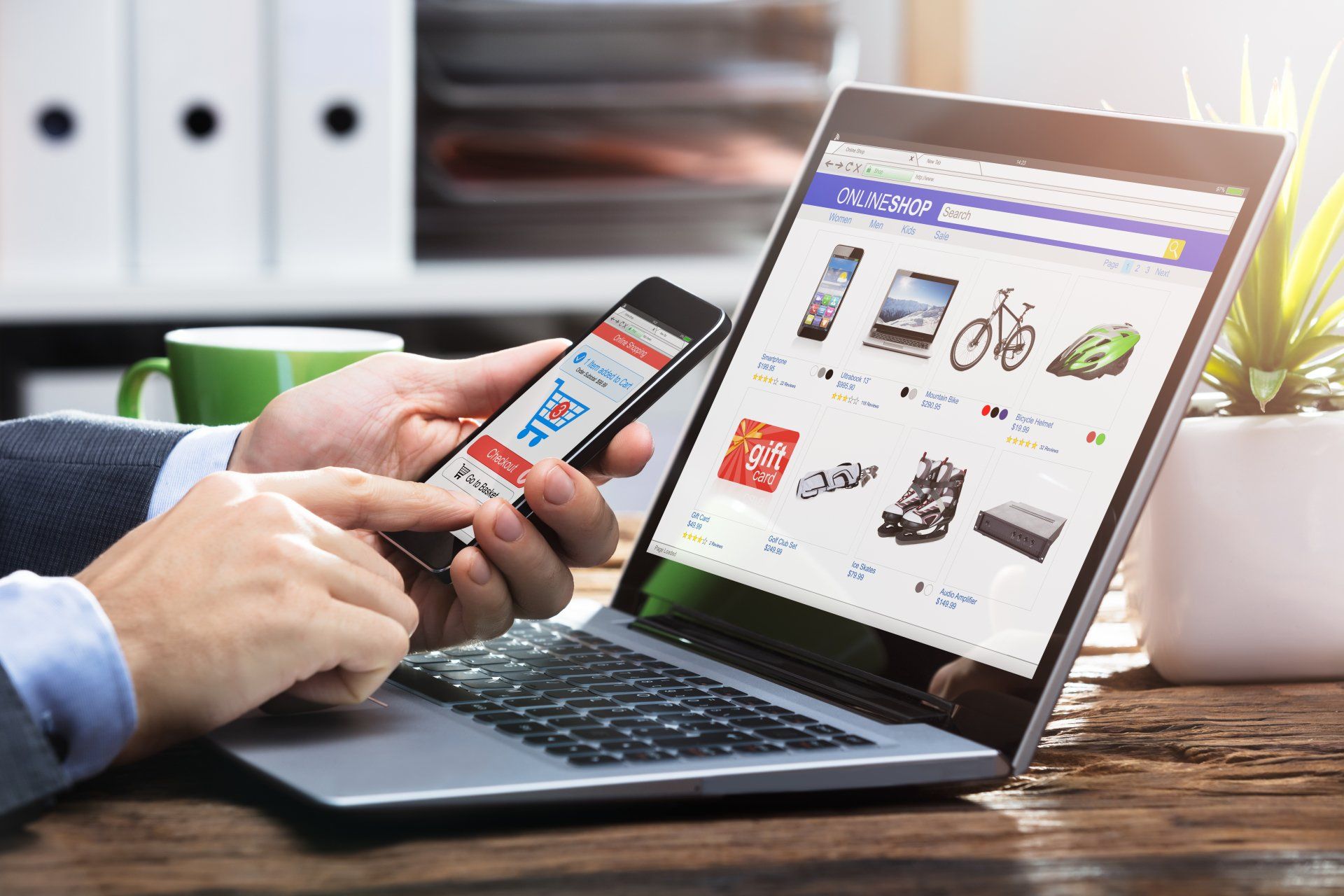4 ways to ensure you achieve landing page optimisation
Many businesses focus on the importance of having a solid SEO plan to hunt and target prospective customers, but what happens when they click that all important link and embark upon their first encounter with your business? Do you have the correct landing page set up to meet their needs and move them through the all-important sales cycle? Landing page optimisation plays a vital role in seizing and holding a prospective customer’s attention and turning browsers into buyers.
The importance of landing pages
A landing page is a single web page that appears in response to clicking on a search result or an online advertisement, with the general goal being to convert site visitors into sales or leads. The landing page will usually display directed sales copy that is a logical extension of the advertisement, search result or link [1]. There are many different forms of landing page which can be used to increase your chances of conversion:
- Click through landing page – This is the most simple of landing pages, often designed for a specific campaign or offering with the sole purpose of getting the visitor to complete a transaction. It normally sits outside of the website hierarchy and is created for the sole purpose of a campaign with its own unique URL.
- Lead capture landing page – Lead capture landing pages focus on capturing prospective customer details, which can be used to send newsletters or offerings to in order to convert them into a customer. Many pages focus on gathering names and email addresses as a minimum, but the more information you can gather will help you to subsequently target them with products and offerings.
- Social landing pages – Social proof carries more weight than it has ever done before, therefore it’s important for businesses to think about social landing pages. Creating social landing pages may sound like a difficult task, but it’s actually fairly simple. All you need to do is to make some fairly minor tweaks to your existing landing pages through the use of like and share buttons.
- Product detail landing page – These sorts of pages do exactly what they say on the tin. They are pages dedicated to a specific product or offering, which sit within the main frame of your website. These often carry detailed information about the product specifications.
- Microsites – A more sophisticated and often more expensive form of product detail landing page is a Microsite, which comprises of a separate site within a site. These regularly accompany larger and more expensive campaigns and so are often associated with higher value or larger brands.
Tips to improve Landing page optimisation
Know your audience
Understanding your audience is always important in any form of marketing, but even more crucial when it comes to optimising your landing pages. Think about what information your different audiences need from you in order to move them through your sales cycle as quickly as possible and convert them into a valued customer. Be concise and use language and terminology that they understand, not terms and acronyms that will scare them away!
Analytics
Ensure you set up your analytics tools and that you are reviewing the information from these pages. If you are not measuring and reviewing it, you are unlikely to know if your landing page optimisation is successful or not. Reviewing the data regularly will tell you where your potential customers are clicking from, which part of your landing page they are interested in and how long their attention is kept for, before they make a second click to enter your sales funnel or leave your site never to be seen again.
Demonstrate social proof
Today’s generation seek the advice and counsel of their peers much more readily than previously, particularly when buying online. The more social proof you can include on your landing pages the more your landing page is optimised in that direction. Types of social proof you could think about including are:
- Customer testimonials
- Customer quotes/ratings
- Case studies or success stories – showing the impact of your products or services
- Social media user generated content – this could be achieved by showing how many followers you have or through linking to your social media profiles where customers have commented on or shared your content
Use your brand to deliver trust
Your brand is your beacon and it is important to ensure your extend your branding into your landing pages to continue to build trust and increase landing page optimisation. Ensure your branding is consistent with that of other elements of your marketing plan and that they complement your key messages.
Future planning
It would be crazy to have spent time, effort and marketing budget attracting potential customers to your page, only to lose them with off-putting copy, clunky technical arrangements or bad design so it’s vital to ‘think to the finish’. Think carefully what you (and more importantly your customers) want from the landing page and how best you can convert potential customers to cash by making sure their first direct glimpse of your ‘offer’ is consistent, confidence-building and clinical. Go to it!













